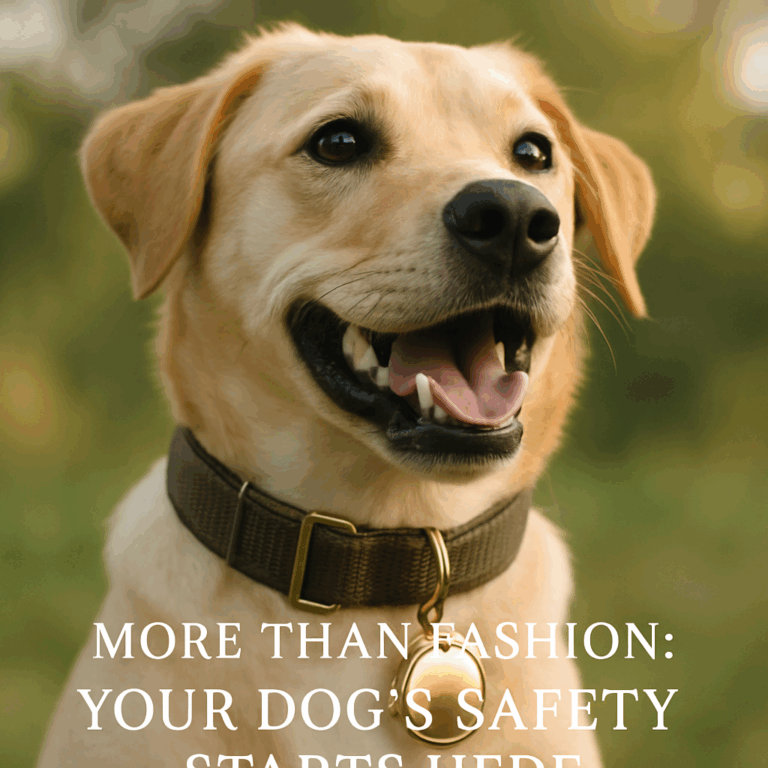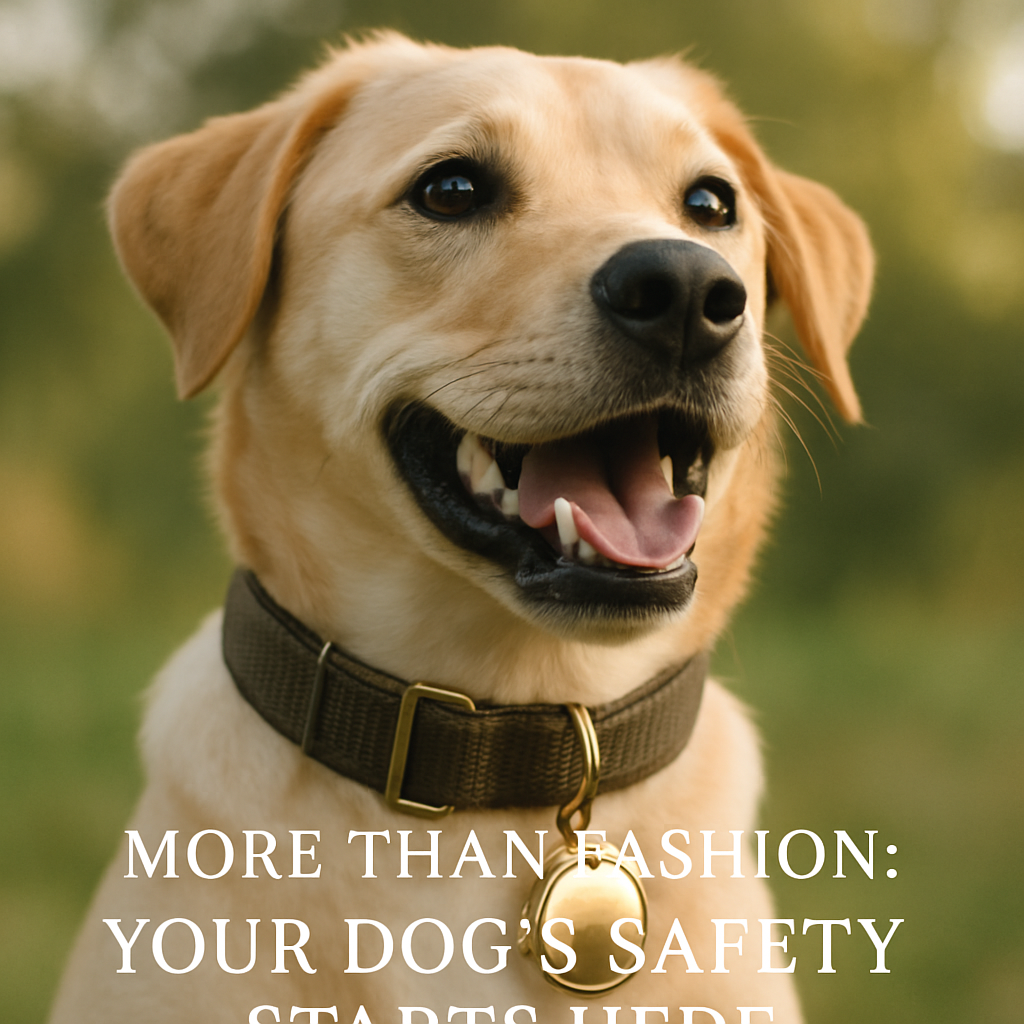Why Your Dog’s ID Tag and Collar Are More Than Just Accessories
Let’s talk about the unsung heroes of pet care that often get overlooked until they’re desperately needed: the dog collar and ID tag. If you’ve ever watched a puppy wobble around, head bobbing, with a collar that’s clearly too big or slipping off, you know this isn’t just about fashion. It’s about safety, security, and peace of mind.

Every dog owner knows that collar means leash attachment—and leash attachment means control during walks, hikes, or casual romps in the park. But beyond mere control, the collar and ID tag combo is your dog’s lifeline to the world when they accidentally slip out the door (which we all know is bound to happen at some point). So, let’s dig into why these little pieces of gear matter so much and how to choose the best for your furry pal.
The Collar: Comfort Meets Function
First up, the collar. It’s the simplest piece of pet care gear, but all collars are not created equal. Whether your dog is a frisky puppy or a dignified older dog, the collar needs to be a perfect fit.
Here’s the golden rule: you want to be able to slip two fingers comfortably between the collar and your dog’s neck. Too tight? That can cause irritation, breathing issues, or worse. Too loose? Your adventurous dog could slip out of it faster than you can say “fetch!” Plus, certain collars like martingales or harnesses add another layer of control and safety, especially for dogs who pull or tend to back out of standard collars.
Material plays a starring role, too. Soft nylon collars are popular—they’re lightweight, dry quickly, and are easy to clean. Leather collars offer durability and classic style but need proper conditioning to stay supple and prevent cracking. For pups who spend a lot of time swimming, a waterproof collar that dries quickly is a smart pick.
ID Tags: The Silent Lifesavers
ID tags might sound old-school in the era of microchips and GPS trackers, but they’re your dog’s first line of defense if they get lost. Think about it—if a good Samaritan finds your dog on the street, an ID tag provides immediate contact info, no scanning needed.
The best ID tags are sturdy, easy to read, and attached securely to the collar with a strong split ring or tag holder. Some new tech-savvy designs even come with QR codes, linking to a digital profile with your pet’s medical history, behavioral quirks, and multiple contact numbers. This could be a game changer for reuniting pets with their families swiftly.
Here’s a pro tip from my years of training experience: always include essential info on your tag—your phone number, your dog’s name, and if possible, your address or an alternative contact. Avoid personal sensitive information like full addresses or social security numbers. And don’t forget to update tags every time you change your phone number or move.
Combining ID Tags and Collars with Training
Now, let’s stitch this all together with training. A collar is much more than a spot to hang a sentimental tag — it’s a tool that can help guide your dog toward better behavior. For puppies especially, getting used to wearing a collar is a basic step in their training journey. Start slow, reward often, and make the collar a positive experience (think tasty treats whenever you clip it on!).
Use the collar during training exercises like recall (getting your dog to come back to you when called) or gentle leash walks. These moments teach your puppy to see the collar as a sign of safety and fun companionship, not restraint.
Pet Care Essentials: More Than Just Gear
Of course, a collar and ID tag are just parts of the pet care puzzle. Regular grooming, well-balanced nutrition, and veterinary checkups play huge roles in your dog’s health and happiness. But without that collar and tag safely cinched around their neck, all that love and care can fall apart in a flash if your dog goes missing.
One story I love to share: a fellow trainer’s Golden Retriever escaped a backyard during a thunderstorm. The dog was terrified, but luckily his ID tag was up-to-date, and a neighbor called the owner within hours. No microchip scanning, no frantic searching for days—just one simple collar and tag doing its job.
Upgrade Your Dog’s Safety Today
If you’re ready to pick or upgrade your dog’s collar and ID tag, here’s a quick checklist:
– Measure your dog’s neck precisely and buy a collar that fits just right—neither too tight nor too loose.
– Choose a collar material suited to your dog’s lifestyle—water-resistant if they swim, soft nylon for comfort, or leather for durability.
– Select an ID tag that’s easy to read and robust against wear and tear.
– Make sure your contact info on the tag is clear and current.
– Consider tech-savvy smart ID tags that provide extra information for rescuers.
– Introduce the collar early in puppyhood with lots of positive reinforcement.
– Check the collar and tag regularly for any signs of damage or wear.
Your dog’s collar and ID tag aren’t just accessories—they’re essential tools for protection and connection. When you see a pup happily wagging their tail with a sturdy collar and gleaming ID tag, remember: that small tag around their neck tells a story of care, safety, and that deep bond between a dog and their human. Keep that bond strong and secure every single day.
Tags: dog collar importance, dog collar safety, dog ID tag, dog owner tips, dog walking safety, leash attachment, pet collar security, pet identification, pet safety accessories, puppy collar fit